Makita 18 in. 18-Volt X2 (36-Volt) LXT Lithium-Ion Cordless Walk Behind Push Lawn Mower Kit with 4 Batteries (4.0 Ah)
Commercial-grade, steel deck built for tough mowing. Folding handles for easy storage.
Weather-resistant construction (IPX4).
Makita is expanding the line of cordless OPE to include the 18V X2 LXT Lithium-Ion (36V) 18 In. Lawn mower. With zero emissions, lower noise and reduced maintenance, the 18V X2 (36V) cordless lawn mower is a welcome solution for efficient grass cutting. It’s powered by two 18V LXT batteries for maximum power and run time, but without leaving the 18V battery platform. The Makita-built motor delivers up to 3,300 RPM. The mower offers ease-of-use features including quick height adjustments and folding handles for compact storage. Model XML03CM1 is a kit and includes the lawn mower, four fast-charging 18V LXT Lithium-Ion 4.0 Ah batteries and an efficient 18V dual port charger. The lawn mower also features Makita extreme protection technology (XPT). XPT is a protective seal inside the tool, and is engineered for improved operation in harsh conditions by channeling water and dust from key internal components. It’s part of Makita’s expanding 18V Lithium-Ion system, the world’s largest cordless tool system powered by 18V Lithium-Ion slide-style batteries. Makita 18V batteries have the fastest charge times in their categories, so they spend more time working and less time sitting on the charger. For improved tool performance and extended battery life, Makita created Star Protection Computer Controls.
- No gas, emissions, oil mixing or pull starts
- Cuts up to 1/3 acre in 43 minutes or less using (4) 18-Volt LXT 4.0 Ah batteries
- Commercial-grade steel deck
- 14-Gauge commercial-grade steel deck with 25% thicker steel compared to industry standard mowers with a 16-Gauge deck
- BL brushless motor delivers up to 3,300 RPM for faster cutting
- Quiet mode reduces noise by providing constant speed control
- Folding handles for compact storage and transportation
- Includes plug needed for mulching operation
- Single lever cutting height adjustment for quick adjustment of 10 cutting heights (13/16 in. to 3 in.)
- Grass catcher bag holds up to 1.7 bushels of grass
- Rubberized soft grip handle bar for added comfort
- IPX4 weather-resistant construction for durability and long life
- Features Extreme Protection Technology (XPT) which is engineered to provide increased dust and water resistance in harsh job site conditions
- Equipped with Star Protection Computer Controls to protect against overloading, over-discharging and over-heating
- 3-year limited warranty on tool, battery and charger
- Only use genuine Makita batteries and chargers
Additional information
| Assembled Depth x Height x Width (in.) | 66.125 x 37.75 x 21 |
|---|---|
| Blade Length (in.) | 18 |
| Cutting Width (in.) | 18 |
| Front Wheel Size (in.) | 7 |
| Mower Deck Width (in.) | 21 |
| Rear Wheel Height (in.) | Low Wheel |
| Rear Wheel Size (in.) | 8 |
| Certifications and Listings | UL Listed |
| Manufacturer Warranty | 3-year limited warranty on tool, battery and charger |
0 (zero) is a number representing an empty quantity. Adding 0 to any number leaves that number unchanged. In mathematical terminology, 0 is the additive identity of the integers, rational numbers, real numbers, and complex numbers, as well as other algebraic structures. Multiplying any number by 0 has the result 0, and consequently, division by zero has no meaning in arithmetic.
As a numerical digit, 0 plays a crucial role in decimal notation: it indicates that the power of ten corresponding to the place containing a 0 does not contribute to the total. For example, "205" in decimal means two hundreds, no tens, and five ones. The same principle applies in place-value notations that uses a base other than ten, such as binary and hexadecimal. The modern use of 0 in this manner derives from Indian mathematics that was transmitted to Europe via medieval Islamic mathematicians and popularized by Fibonacci. It was independently used by the Maya.
Common names for the number 0 in English include zero, nought, naught (), and nil. In contexts where at least one adjacent digit distinguishes it from the letter O, the number is sometimes pronounced as oh or o (). Informal or slang terms for 0 include zilch and zip. Historically, ought, aught (), and cipher have also been used.
Eighteen or 18 may refer to:
- 18 (number), the natural number following 17 and preceding 19
- one of the years 18 BC, AD 18, 1918, 2018
36 may refer to:
- 36 (number), the natural number following 35 and preceding 37
- 36 BC, 1st century BCE
- AD 36, 1st century
- 1936, 20th century
- 2036, 21st century
4 (four) is a number, numeral and digit. It is the natural number following 3 and preceding 5. It is a square number, the smallest semiprime and composite number, and is considered unlucky in many East Asian cultures.
Behind may refer to:
- Behind (album), a 1992 album by Superior
- Behind (Australian rules football), a method of scoring in Australian rules football, awarding one point
- "Behind" (song), a 2008 single by Flanders
- Behind, a slang term for the buttocks
The term cordless is generally used to refer to electrical or electronic devices that are powered by a battery or battery pack and can operate without a power cord or cable attached to an electrical outlet to provide mains power, allowing greater mobility. The term "cordless" should not be confused with the term "wireless", although it often is in common usage, possibly because some cordless devices (e.g., cordless telephones) are also wireless. The term "wireless" generally refers to devices that use some form of energy (e.g., radio waves, infrared, ultrasonic, etc.) to transfer information or commands over a distance without the use of communication wires, regardless of whether the device gets its power from a power cord or a battery. The term "portable" is an even more general term and, when referring to electrical and electronic devices, usually means devices which are totally self-contained (e.g., have built-in power supplies, have no base unit, etc.) and which may also use wireless technology.
An ion () is an atom or molecule with a net electrical charge. The charge of an electron is considered to be negative by convention and this charge is equal and opposite to the charge of a proton, which is considered to be positive by convention. The net charge of an ion is not zero because its total number of electrons is unequal to its total number of protons.
A cation is a positively charged ion with fewer electrons than protons while an anion is a negatively charged ion with more electrons than protons. Opposite electric charges are pulled towards one another by electrostatic force, so cations and anions attract each other and readily form ionic compounds.
Ions consisting of only a single atom are termed atomic or monatomic ions, while two or more atoms form molecular ions or polyatomic ions. In the case of physical ionization in a fluid (gas or liquid), "ion pairs" are created by spontaneous molecule collisions, where each generated pair consists of a free electron and a positive ion. Ions are also created by chemical interactions, such as the dissolution of a salt in liquids, or by other means, such as passing a direct current through a conducting solution, dissolving an anode via ionization.
A lawn () is an area of soil-covered land planted with grasses and other durable plants such as clover which are maintained at a short height with a lawn mower (or sometimes grazing animals) and used for aesthetic and recreational purposes—it is also commonly referred to as part of a garden. Lawns are usually composed only of grass species, subject to weed and pest control, maintained in a green color (e.g., by watering), and are regularly mowed to ensure an acceptable length. Lawns are used around houses, apartments, commercial buildings and offices. Many city parks also have large lawn areas. In recreational contexts, the specialised names turf, pitch, field or green may be used, depending on the sport and the continent.
The term "lawn", referring to a managed grass space, dates to at least the 16th century. With suburban expansion, the lawn has become culturally ingrained in some areas of the world as part of the desired household aesthetic. However, awareness of the negative environmental impact of this ideal is growing. In some jurisdictions where there are water shortages, local government authorities are encouraging alternatives to lawns to reduce water use. Researchers in the United States have noted that suburban lawns are "biological deserts" that are contributing to a "continental-scale ecological homogenization." Lawn maintenance practices also cause biodiversity loss in surrounding areas.
Lithium (from Ancient Greek λίθος (líthos) 'stone') is a chemical element; it has symbol Li and atomic number 3. It is a soft, silvery-white alkali metal. Under standard conditions, it is the least dense metal and the least dense solid element. Like all alkali metals, lithium is highly reactive and flammable, and must be stored in vacuum, inert atmosphere, or inert liquid such as purified kerosene or mineral oil. It exhibits a metallic luster. It corrodes quickly in air to a dull silvery gray, then black tarnish. It does not occur freely in nature, but occurs mainly as pegmatitic minerals, which were once the main source of lithium. Due to its solubility as an ion, it is present in ocean water and is commonly obtained from brines. Lithium metal is isolated electrolytically from a mixture of lithium chloride and potassium chloride.
The nucleus of the lithium atom verges on instability, since the two stable lithium isotopes found in nature have among the lowest binding energies per nucleon of all stable nuclides. Because of its relative nuclear instability, lithium is less common in the solar system than 25 of the first 32 chemical elements even though its nuclei are very light: it is an exception to the trend that heavier nuclei are less common. For related reasons, lithium has important uses in nuclear physics. The transmutation of lithium atoms to helium in 1932 was the first fully human-made nuclear reaction, and lithium deuteride serves as a fusion fuel in staged thermonuclear weapons.
Lithium and its compounds have several industrial applications, including heat-resistant glass and ceramics, lithium grease lubricants, flux additives for iron, steel and aluminium production, lithium metal batteries, and lithium-ion batteries. These uses consume more than three-quarters of lithium production.
Lithium is present in biological systems in trace amounts. It has no established metabolic function. Lithium-based drugs are useful as a mood stabilizer and antidepressant in the treatment of mental illness such as bipolar disorder.
Makita Corporation (株式会社マキタ, kabushiki gaisha Makita) (TYO: 6586) is a Japanese manufacturer of power tools. Founded on March 21, 1915, it is based in Anjō, Japan and operates factories in Brazil, China, Japan, Mexico, Romania, the United Kingdom, Germany, United Arab Emirates, Thailand, Canada, and the United States. Annual sales were equivalent to $3.1 billion in 2012.
A mower is a person or machine that cuts (mows) grass or other plants that grow on the ground. Usually mowing is distinguished from reaping, which uses similar implements, but is the traditional term for harvesting grain crops, e.g. with reapers and combines.
A smaller mower used for lawns and sports grounds (playing fields) is called a lawn mower or grounds mower, which is often self-powered, or may also be small enough to be pushed by the operator. Grounds mowers have reel or rotary cutters. Larger mowers or mower-conditioners are mainly used to cut grass (or other crops) for hay or silage and often place the cut material into rows, which are referred to as windrows. Swathers (or windrowers) are also used to cut grass (and grain crops). Prior to the invention and adoption of mechanized mowers, (and today in places where use a mower is impractical or uneconomical), grass and grain crops were cut by hand using scythes or sickles.
Push may refer to:
- A type of force applied to an object
The volt (symbol: V) is the unit of electric potential, electric potential difference (voltage), and electromotive force in the International System of Units (SI).
With or WITH may refer to:
- With, a preposition in English
- Carl Johannes With (1877–1923), Danish doctor and arachnologist
- With (character), a character in D. N. Angel
- With (novel), a novel by Donald Harrington
- With (album), a 2014 album by TVXQ
- With (EP), a 2021 EP by Nam Woo-hyun

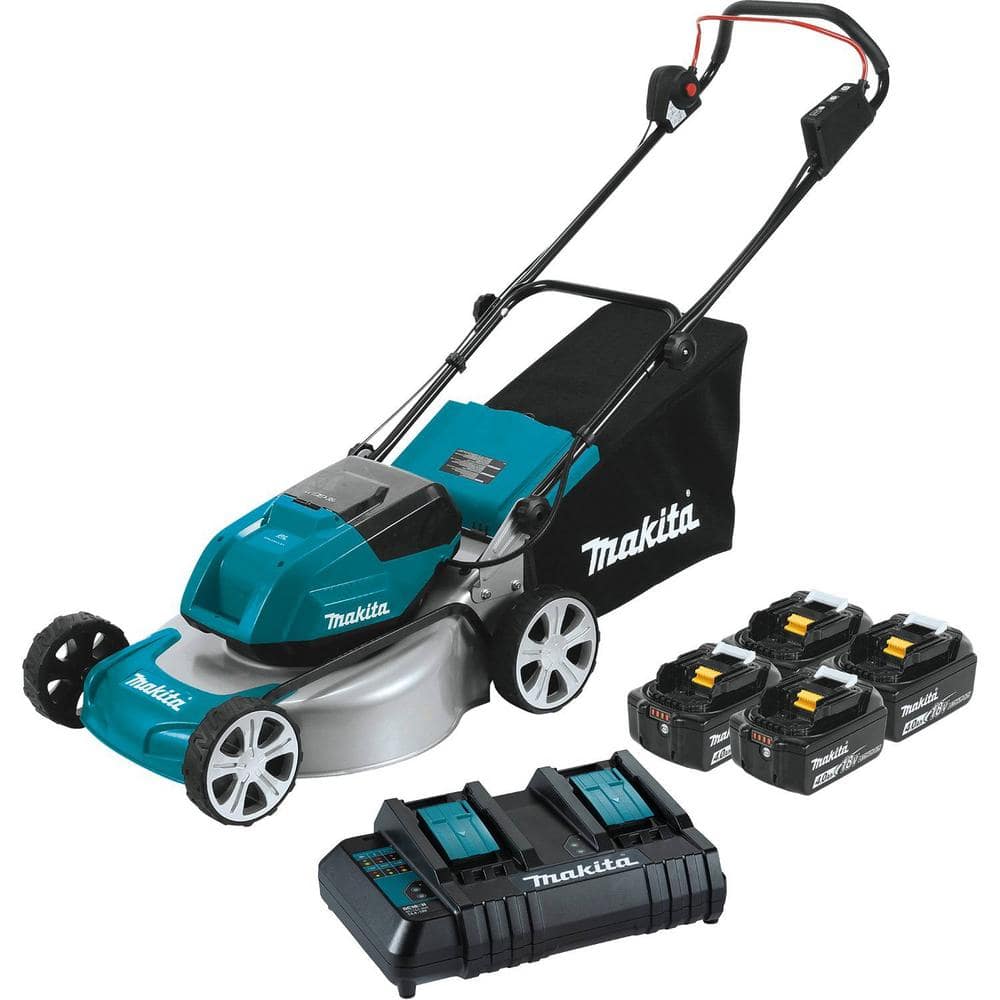
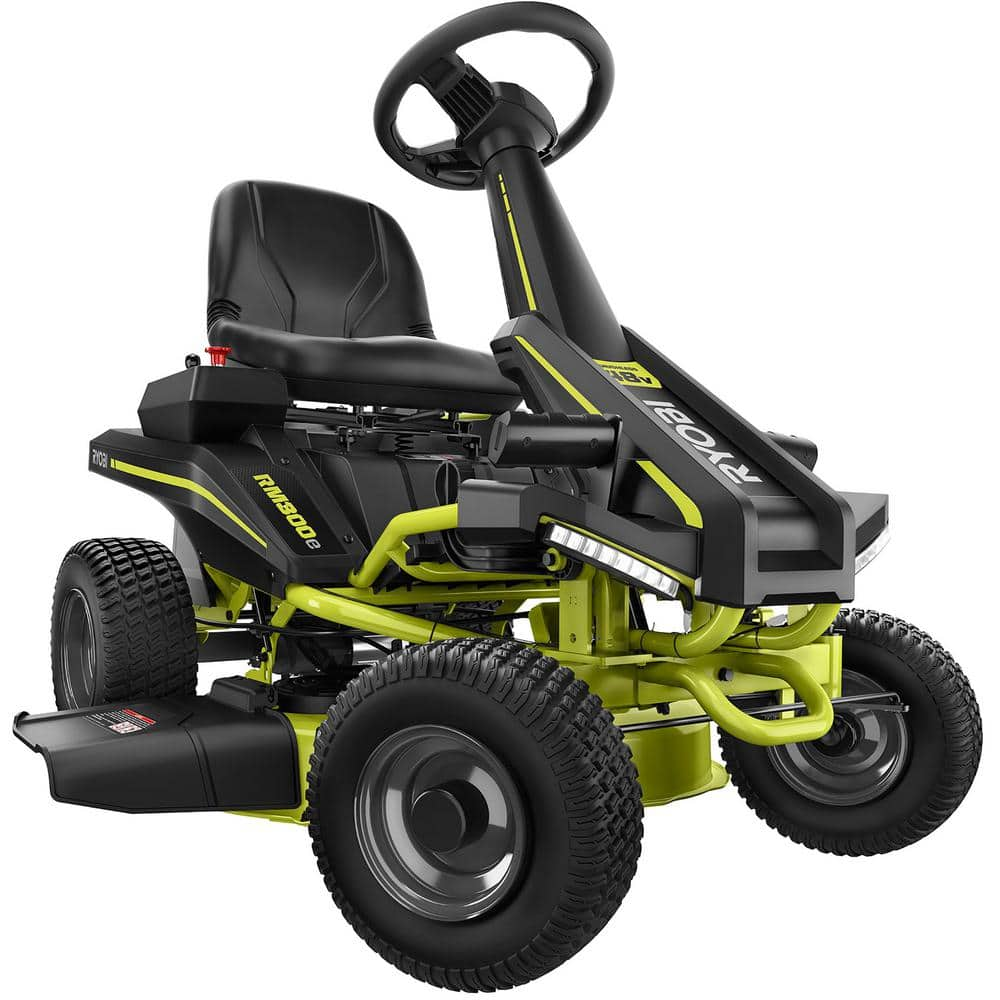
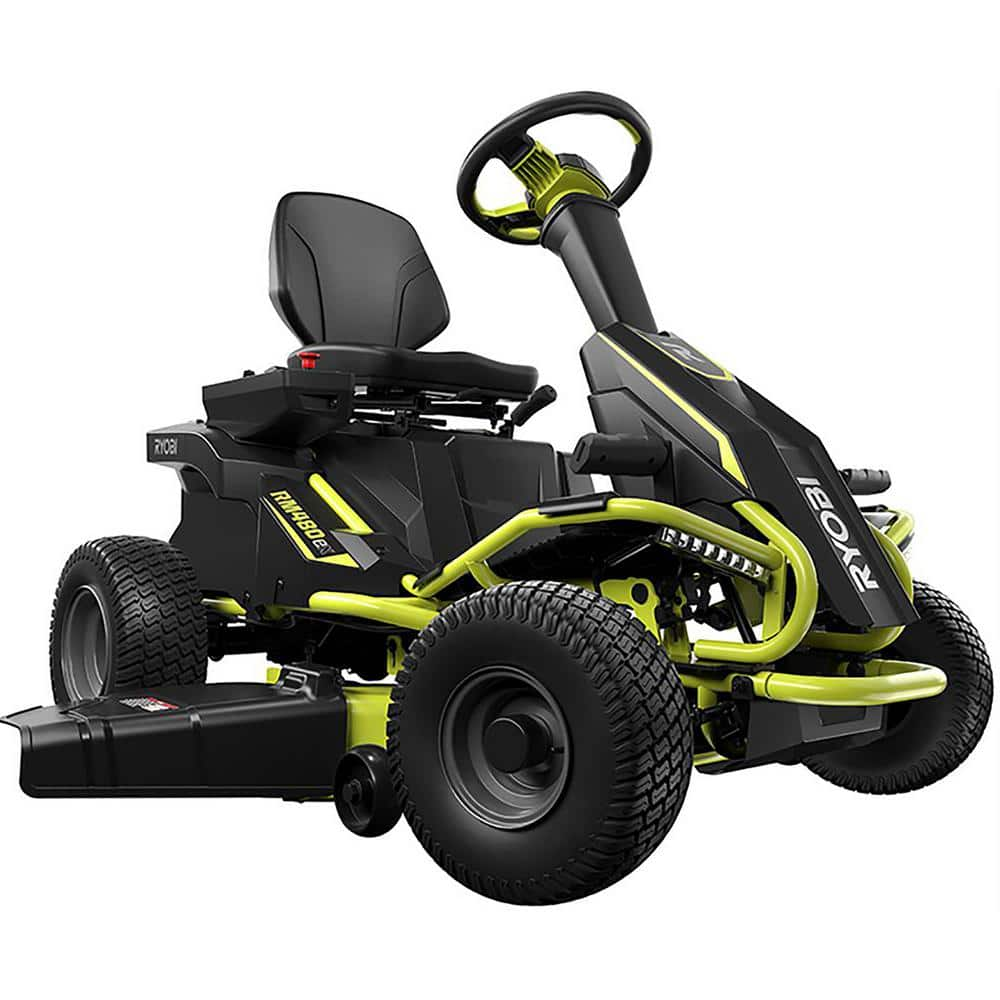
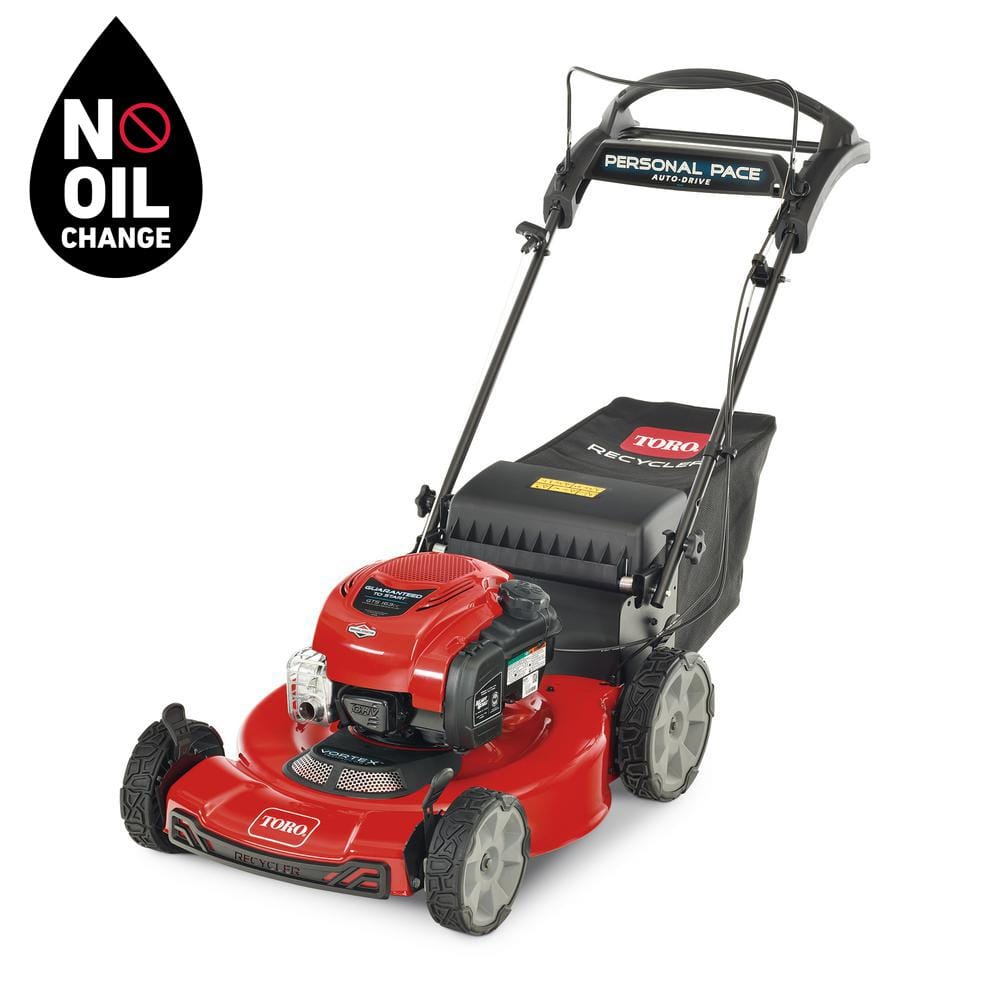
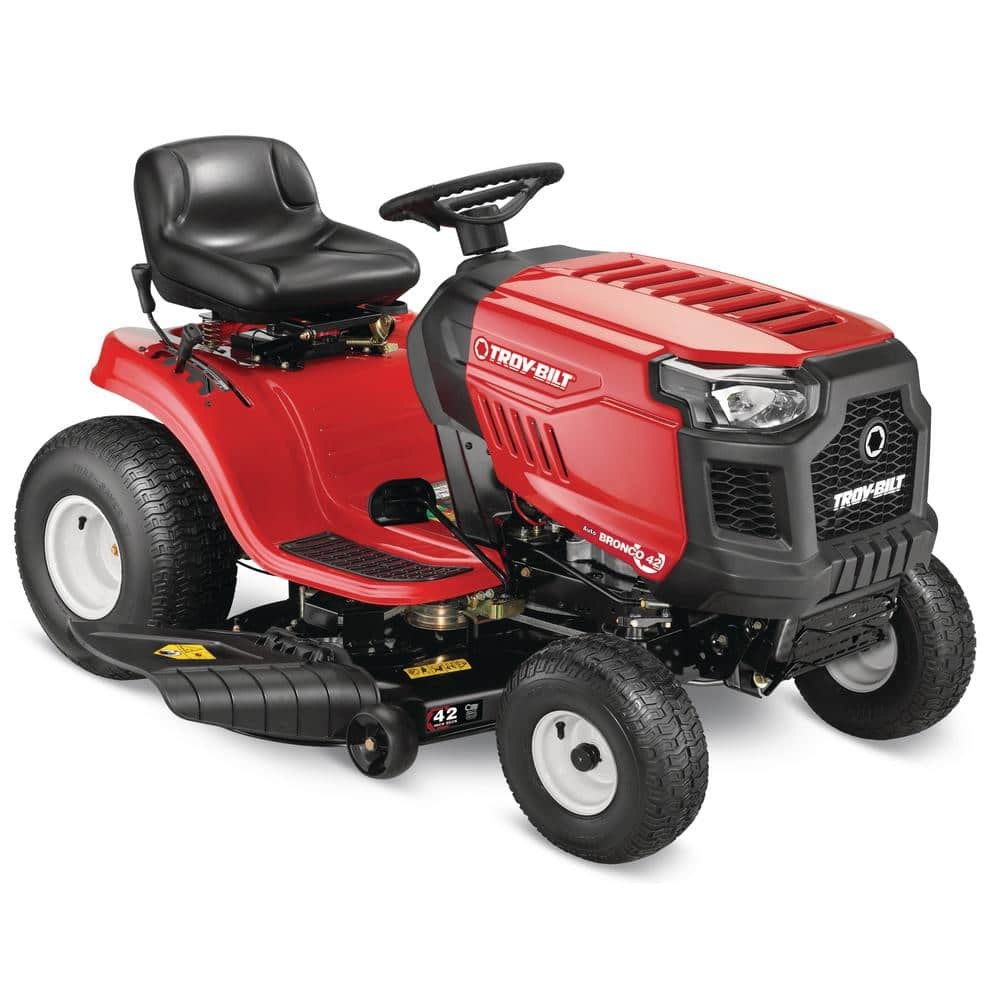
by Steve
My first electric lawnmower. Does well, but I’m a little disappointed with the battery life. I don’t have a large yard, but the batteries don’t finish my lawn before they need recharging. Mower also doesn’t handle thick grass without stalling.
by Alan
The battery life exceeded my expectations.
by James
I have been very pleased with this lawn mower. We have a very uneven lawn with lots of weeds and moss. This mower cuts right through it all. Plenty of power. Easy to use. Nice to be able to interchange batteries with my other Makita tools. My only complaint is that I wish it had more padding on the handle.
by Chris
This tool has excellent performance and is easy to use. I love it.
by Ross
All good but a little expensive.